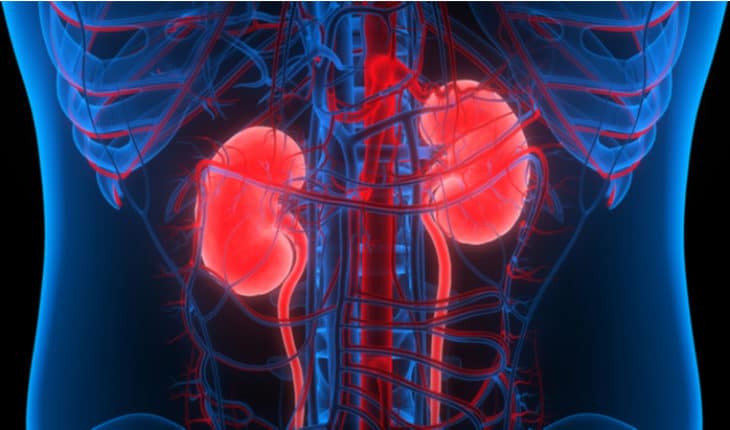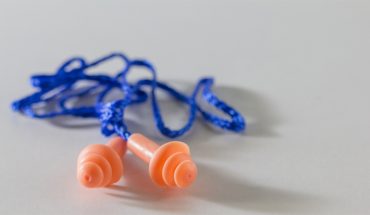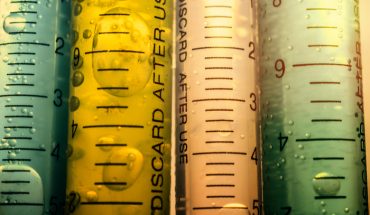Stem-cell derived kidneys could improve disease research and treatment: A key advance in growing stem-cell-derived kidneys in the laboratory could improve disease research and treatment for children with kidney disease, according to a new Murdoch Children’s Research Institute-led study.
The findings, which were published in Nature Communications, showed that a new stem-cell technique developed by Murdoch Children’s Dr Jessica Vanslambrouck and the Kidney Regeneration group allowed them to create miniature kidney models (kidney organoids) that are more mature and functional than previous organoids.
Dr Vanslambrouck said, “We created enhanced kidney organoids by transforming stem cells into specific types of kidney cells in a way that better matches very early human kidney development.”
“Compared to previous organoids, these enhanced kidney organoids have more mature proximal tubules that show higher similarity to those of a human kidney. This is a very important feature, because the proximal tubules, which are part of the kidney’s filtering units, play such critical roles in kidney function and are often affected by disease.”
“Organoids with more realistic proximal tubules hold great promise for research into kidney disease in children and adults.”
It is estimated that 1.7 million Australians are affected by kidney (renal) disease, although diagnosis is often delayed. Predisposition to chronic kidney disease (CKD) is thought to often arise early in life, with 1 in 15,000 children already facing a CKD diagnosis prior to adulthood. Furthermore, while around half of childhood kidney disease has a genetic cause, the disease-causing mutation is often unknown.
Current CKD treatments are limited, and outcomes can be poorer with delayed diagnosis. While dialysis (a procedure that removes waste products and excess fluid from the blood) or transplantation are options for continued loss of renal function, these treatments carry complication risks, and only one in four patients will receive a transplant.
Stem cell-derived kidney organoids with improved proximal tubules may not only help expand our understanding of kidney development and disease, but also find better drug treatments. In the future, such lab-grown bioengineered tissue could also potentially offer an alternative solution for replacing or supplementing kidney function in patients, although this area of research still has a long way to go.
This paper builds on world-first stem cell kidney research from Murdoch Children’s Kidney Regeneration group that used stem cells from a patient’s blood to produce a precise model of the damaged part of the kidney’s filtration system, to better understand the disease.
- 1 ¼ Million new mums miss out on free access to NHS dentistry - 23rd April 2024
- Breakthrough in child chronic respiratory diseases - 11th April 2024
- Protein could help detect delayed concussion recovery - 11th April 2024






